|
I am a fourth-year PhD student in Machine Learning at Northeastern University, under the supervision of Prof. Yanzhi Wang. I also work closely with Prof. Stratis Ioannidis, and Prof. Jennifer G. Dy. I am currently looking for full-time and intern opportunities in industry starting in 2024, please feel free to contact me (zhan.zhe@northeastern.edu) if you are interested.Email / Google Scholar / LinkedIn / Resume |
|
|
|
|
|
Google Scholar for all publications. * means equal contribution. |
|
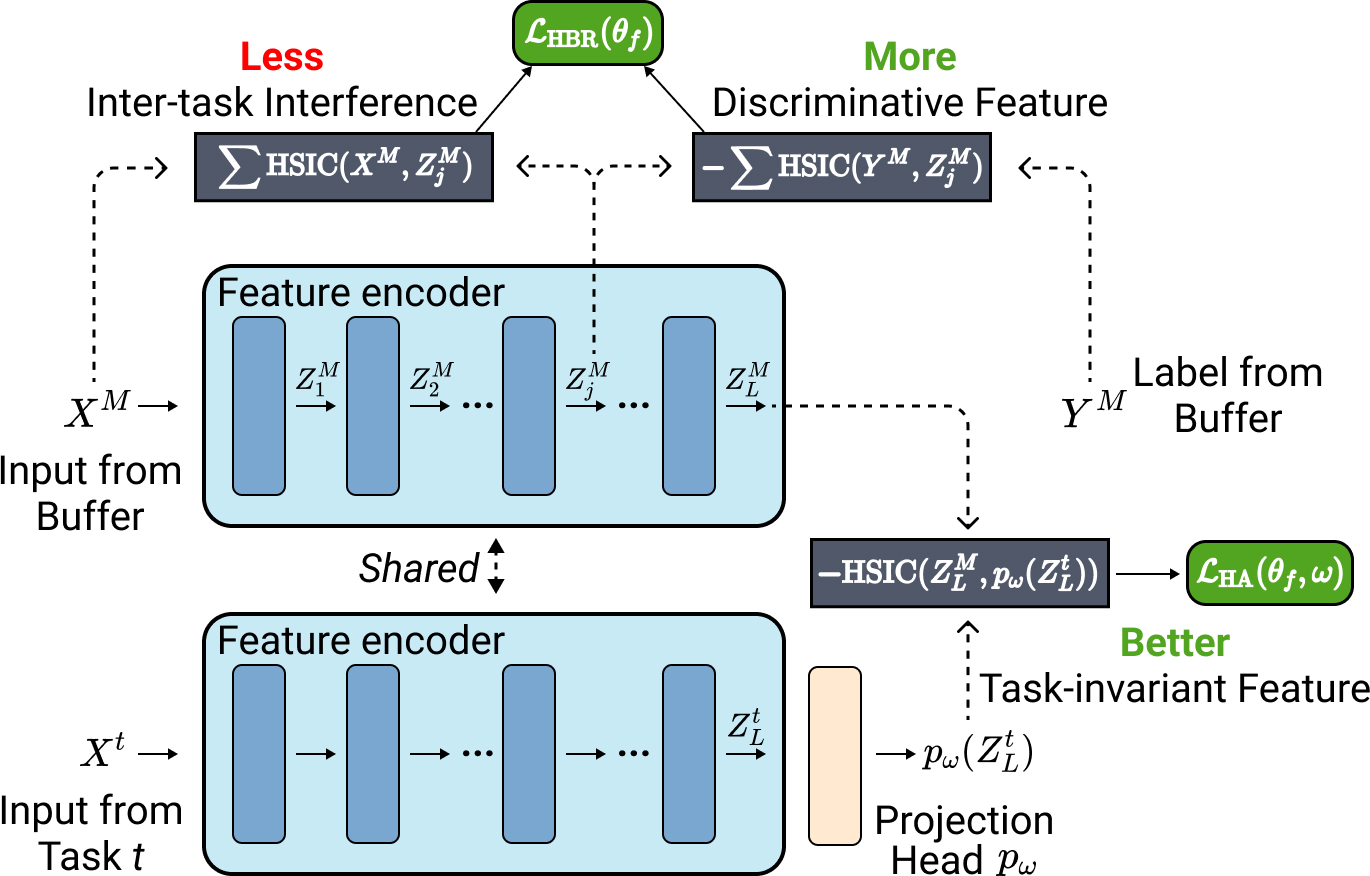
|
Zheng Zhan*, Zifeng Wang*, Yifan Gong, Yucai Shao, Stratis Ioannidis, Yanzhi Wang, Jennifer Dy International Conference on Machine Learning (ICML), 2023. DualHSIC presents a method to improve rehearsal based approach for continual learning. The basic idea proposed here is to leverage inter-task relationships using two concepts related to the Hilbert Schmidt independence criterion (HSIC). One component (HSIC-Bottleneck for Rehearsal (HBR)) helps reduce interference between tasks and the other component (HSIC Alignment - HA) helps share task-invariant knowledge. |
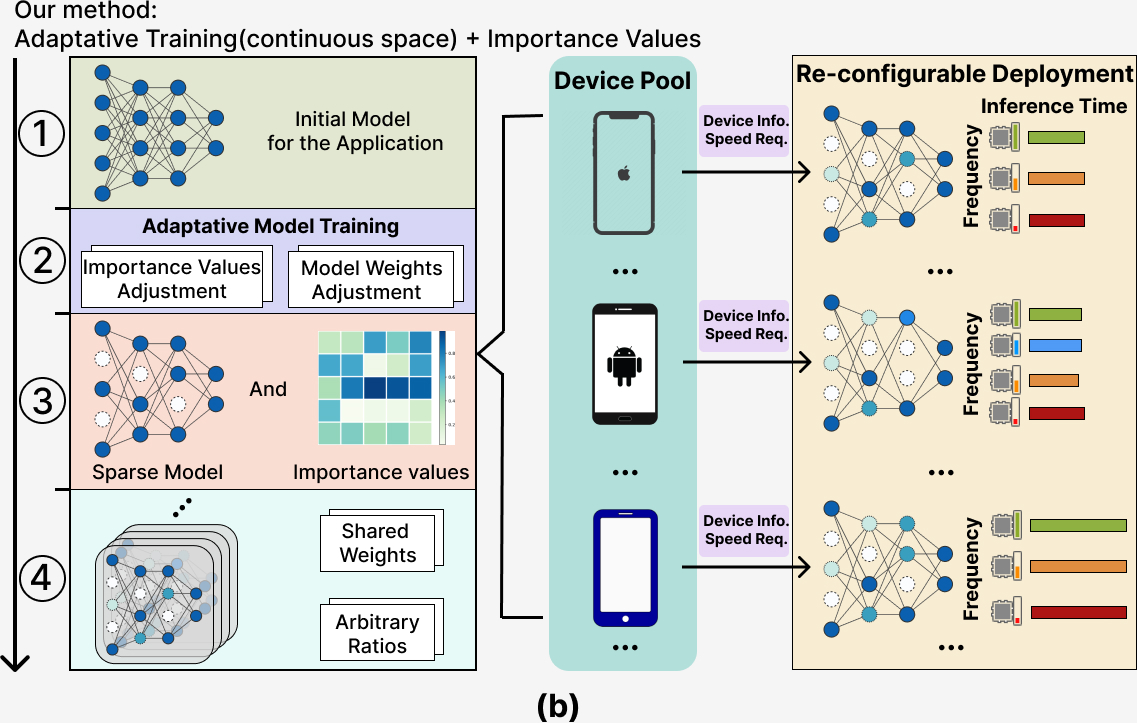
|
Yifan Gong*, Pu Zhao*, Zheng Zhan*, Yushu Wu, Chao Wu, Zhenglun Kong, Minghai Qin, Caiwen Ding, Yanzhi Wang Design Automation Conference (DAC), 2023. Propose a two-level algorithm for obtaining subnets with arbitrary ratios in a single model with theoretical proof. Develop a framework which leverages the DVFS and compression techniques to get multiple subnetworks in one neural network to lower the variance of inference runtime for different hardware frequency levels. It’s a much more automatic framework. |
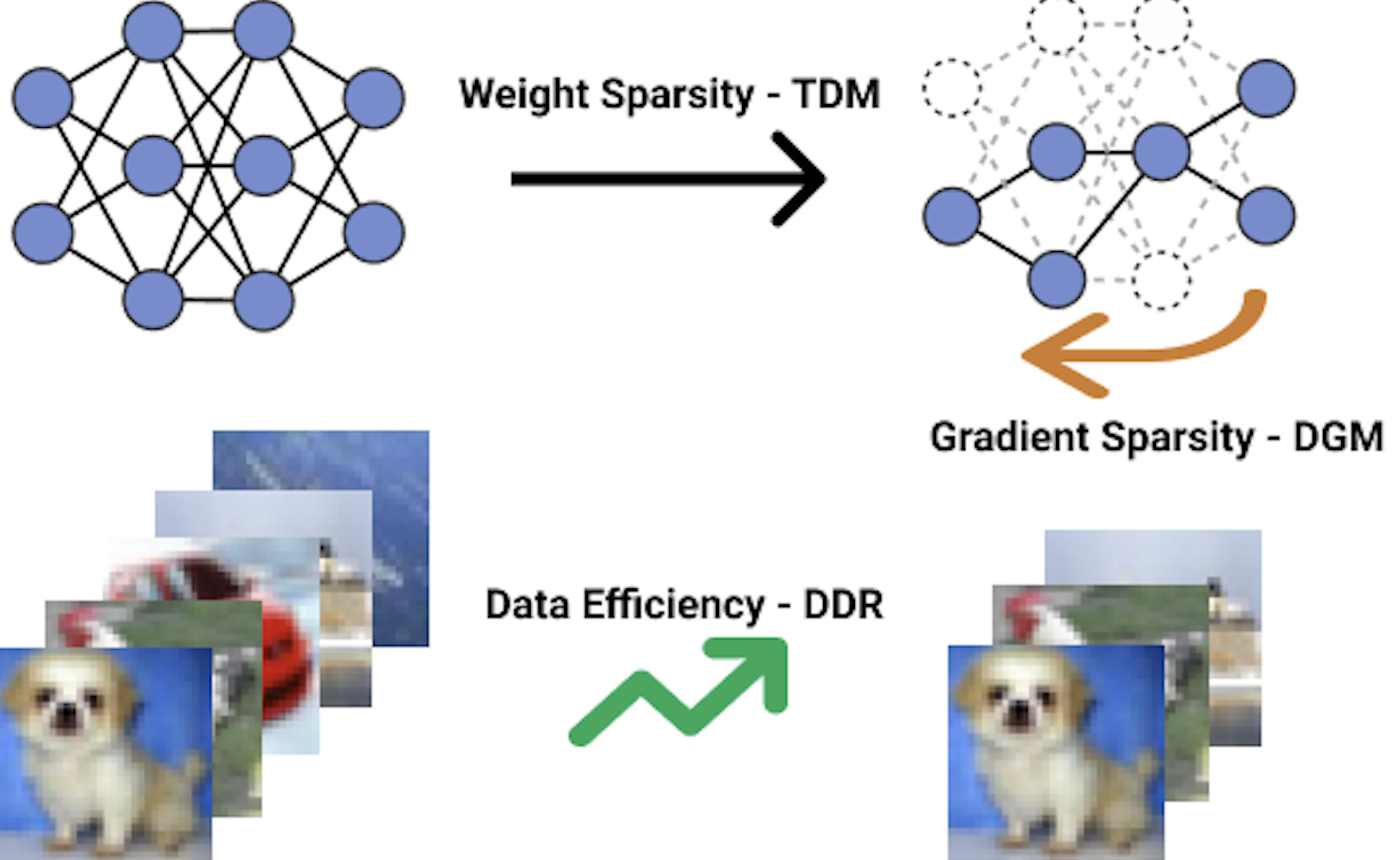
|
Zheng Zhan*, Zifeng Wang*, Yifan Gong, Geng Yuan, Wei Niu, Tong Jian, Bin Ren, Stratis Ioannidis, Yanzhi Wang, Jennifer Dy Neural Information Processing Systems (NeurIPS), 2022. [paper] [code] SparCL explores sparsity for efficient continual learning and achieves both training acceleration and accuracy preservation through the synergy of three aspects: weight sparsity, data efficiency, and gradient sparsity. |
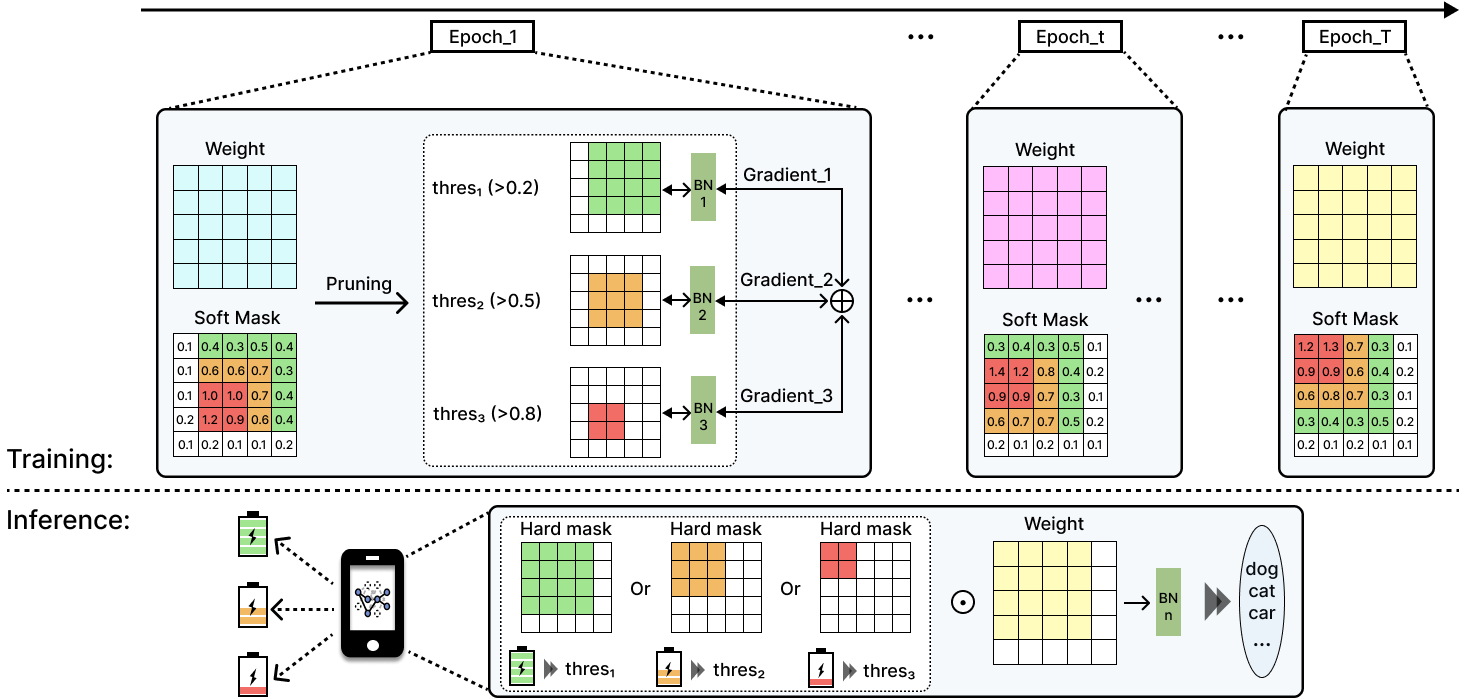
|
Zheng Zhan*, Yifan Gong*, Pu Zhao, Yushu Wu, Chao Wu, Caiwen Ding, Weiwen Jiang, Minghai Qin, Yanzhi Wang International Conference on Computer-Aided Design (ICCAD), 2022. All-in-One, a highly representative pruning framework to work with dynamic power management using DVFS. The framework can use only one set of model weights and soft masks to represent multiple models of various pruning ratios. By re-configuring the model to the corresponding pruning ratio for a specific execution frequency (and voltage), we can keep the difference in speed performance under various execution frequencies as small as possible. |
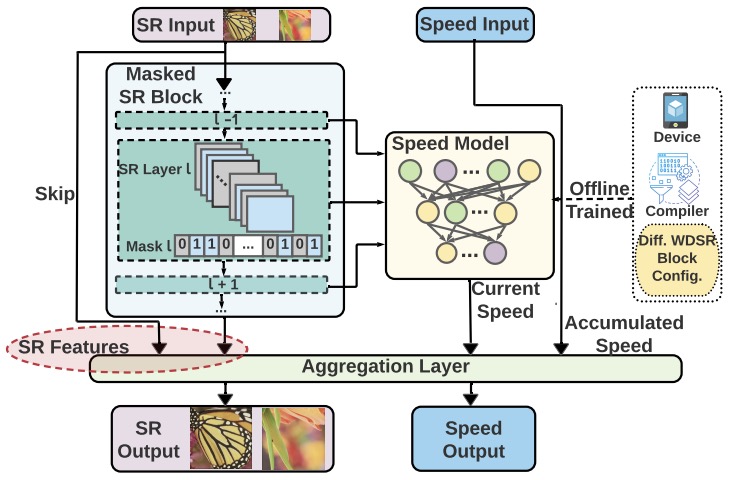
|
Yushu Wu*, Yifan Gong*, Pu Zhao, Yanyu Li, Zheng Zhan, Wei Niu, Hao Tang, Minghai Qin, Bin Ren, Yanzhi Wang European Conference on Computer Vision (ECCV), 2022. [paper] [code] We propose a compiler-aware SR neural architecture search (NAS) framework that conducts depth search and per-layer width search with adaptive SR blocks. A speed model incorporated with compiler optimizations is leveraged to predict the inference latency of the SR block with various width configurations for faster convergence. |
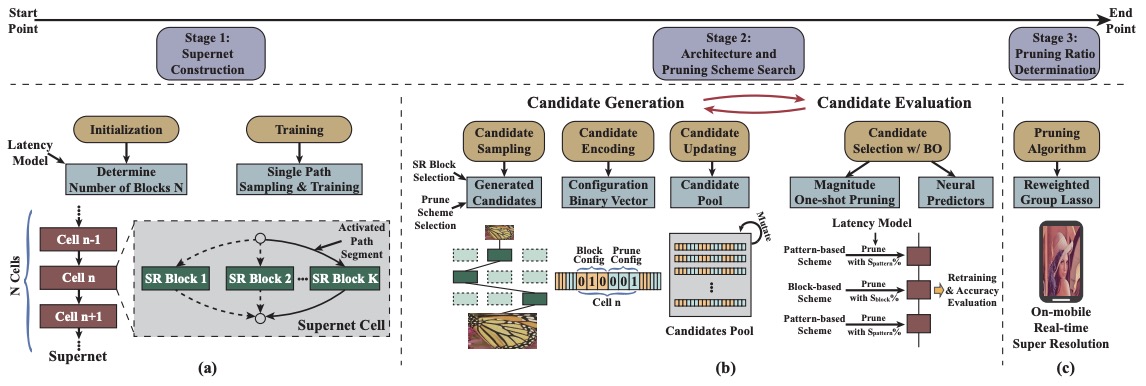
|
Zheng Zhan*, Yifan Gong*, Pu Zhao*, Geng Yuan, Wei Niu, Yushu Wu, Tianyun Zhang, Malith Jayaweera, David Kaeli, Bin Ren, Xue Lin, Yanzhi Wang International Conference on Computer Vision (ICCV), 2021. [paper] We proposes to use neural architecture search and network pruning to find a highly efficient network for image super-resolution. we are the first to achieve real-time SR inference (with only tens of milliseconds per frame) for implementing 720p resolution with competitive perceptual performance on mobile platforms. |
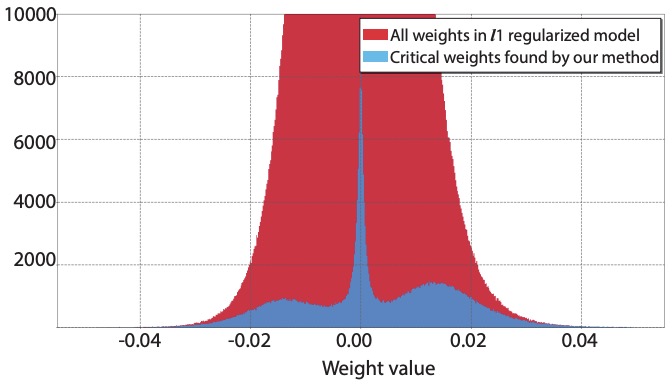
|
Tianyun Zhang, Xiaolong Ma, Zheng Zhan, Shanglin Zhou, Caiwen Ding, Makan Fardad, Yanzhi Wang Design Automation Conference (DAC), 2021. [paper] We propose a unified DNN weight pruning framework with dynamically updated regularization terms bounded by the designated constraint, which can generate both non-structured sparsity and different kinds of structured sparsity. |
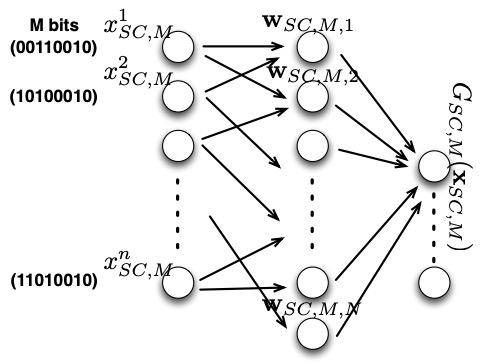
|
Yanzhi Wang, Zheng Zhan, Liang Zhao, Jian Tang, Siyue Wang, Jiayu Li, Bo Yuan, Wujie Wen, Xue Lin AAAI Conference on Artificial Intelligence (AAAI), 2019. [paper] We prove that the ”ideal” SCNNs and BNNs satisfy the universal approximation property with probability 1 (due to the stochastic behavior), we further prove that SCNNs and BNNs exhibit the same energy complexity. |
Template Credit: Jon Barron
